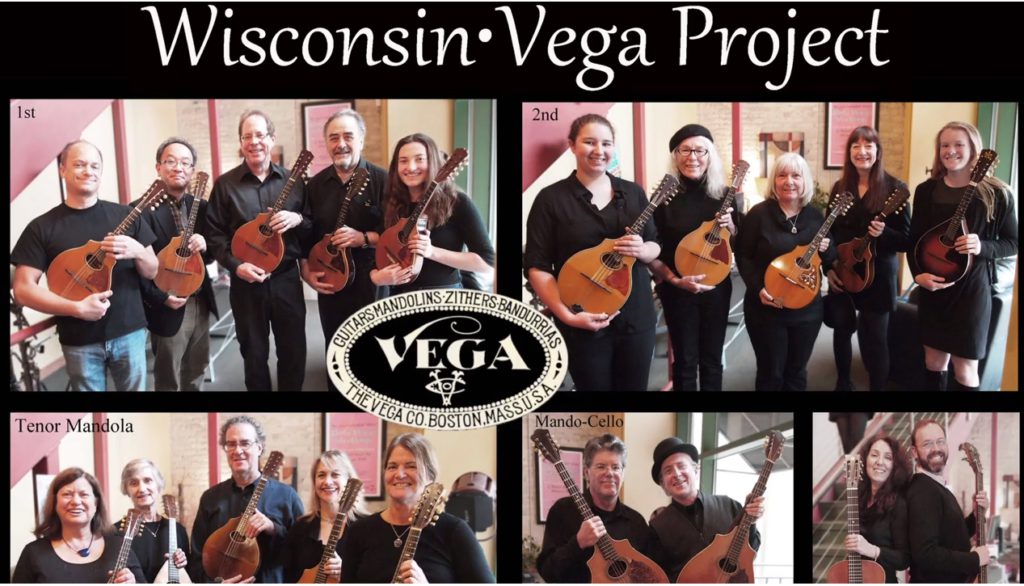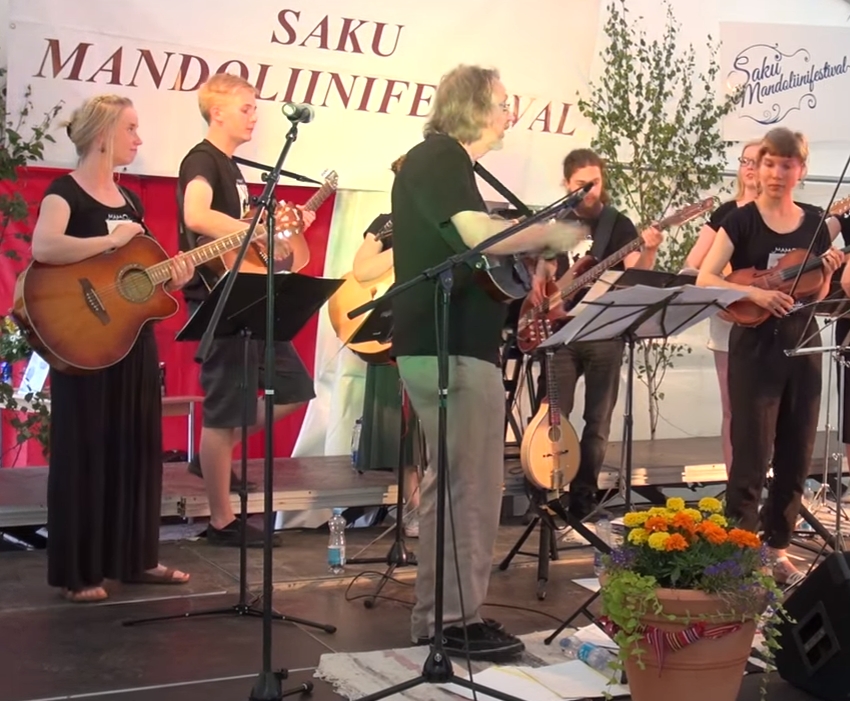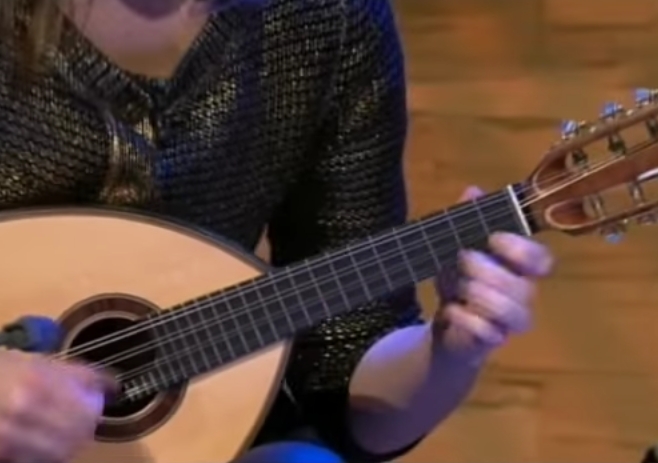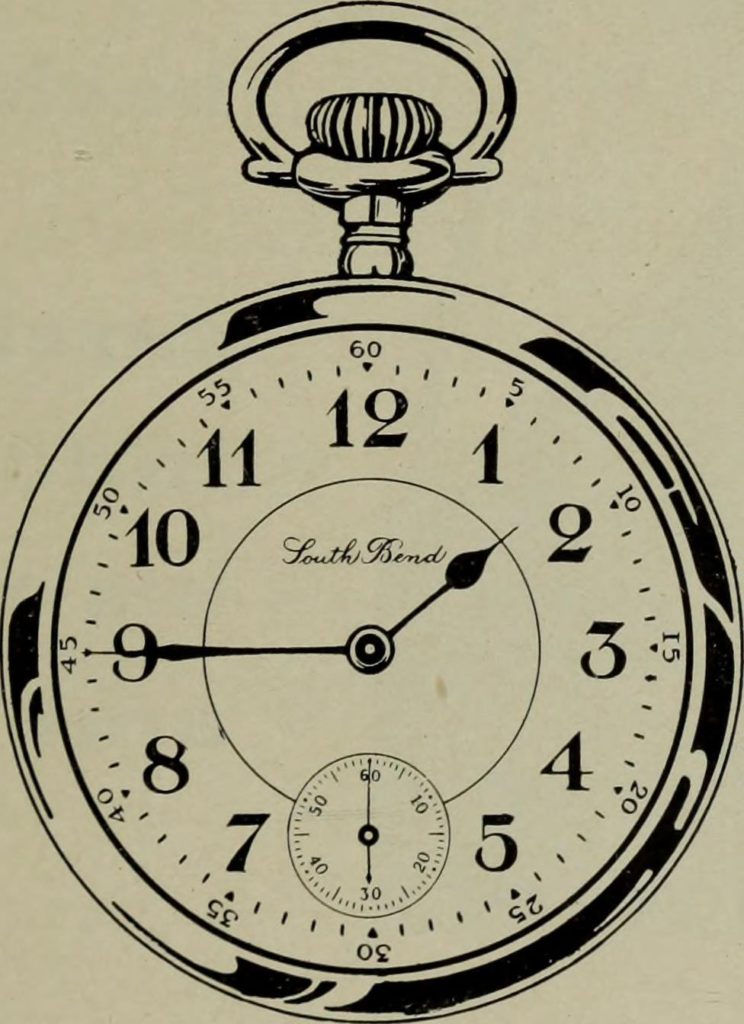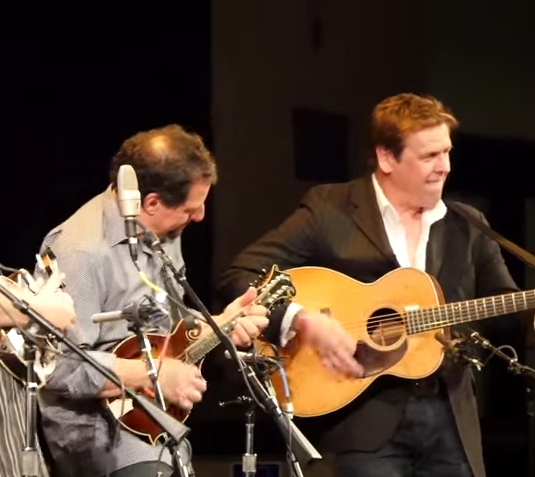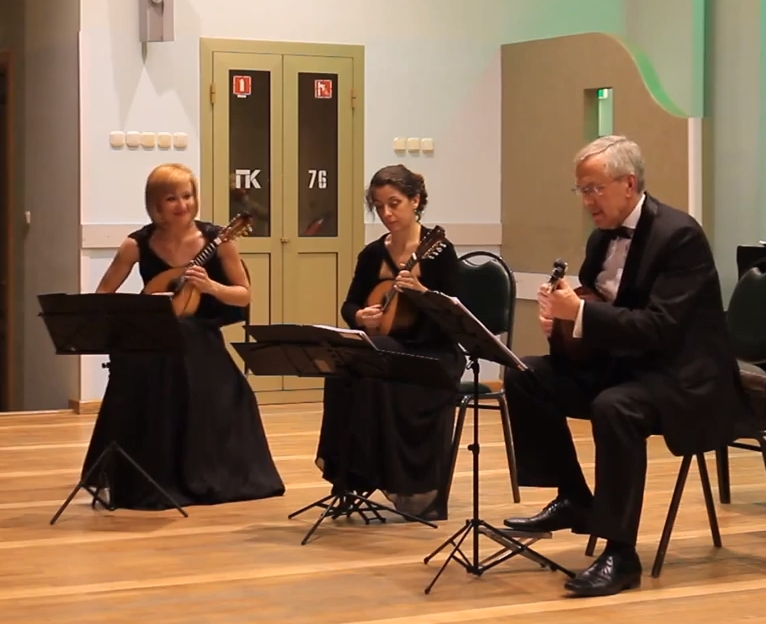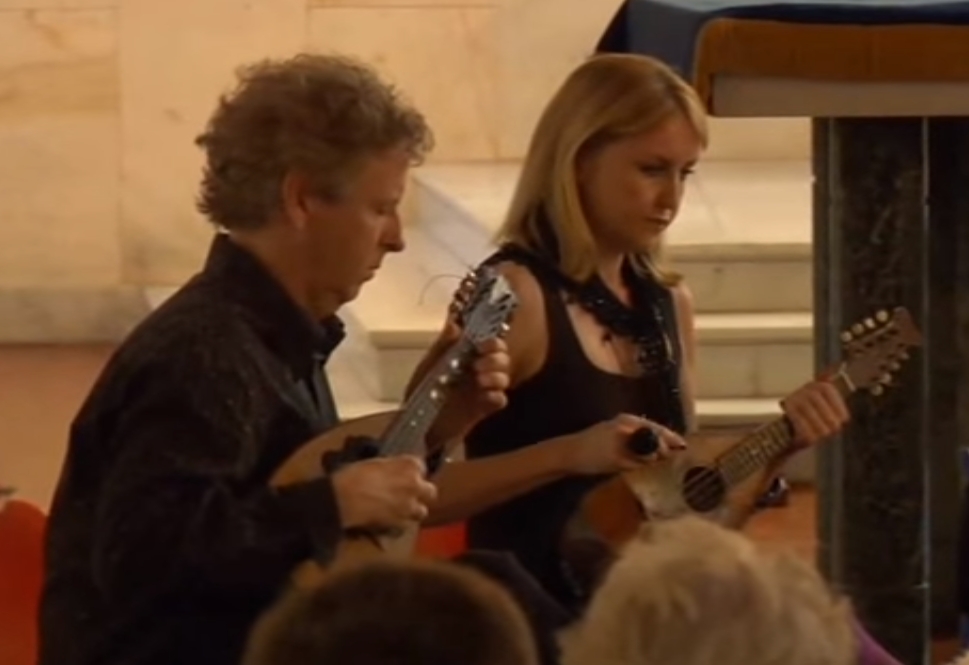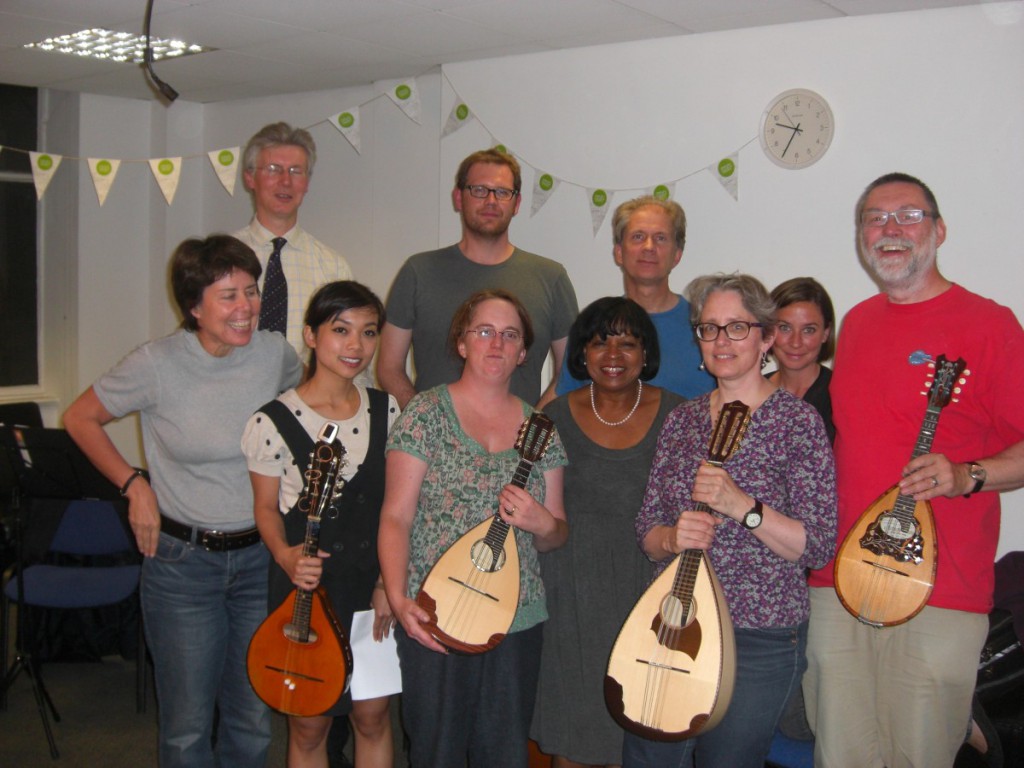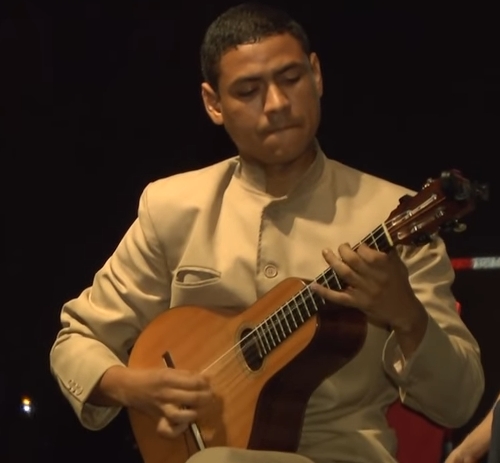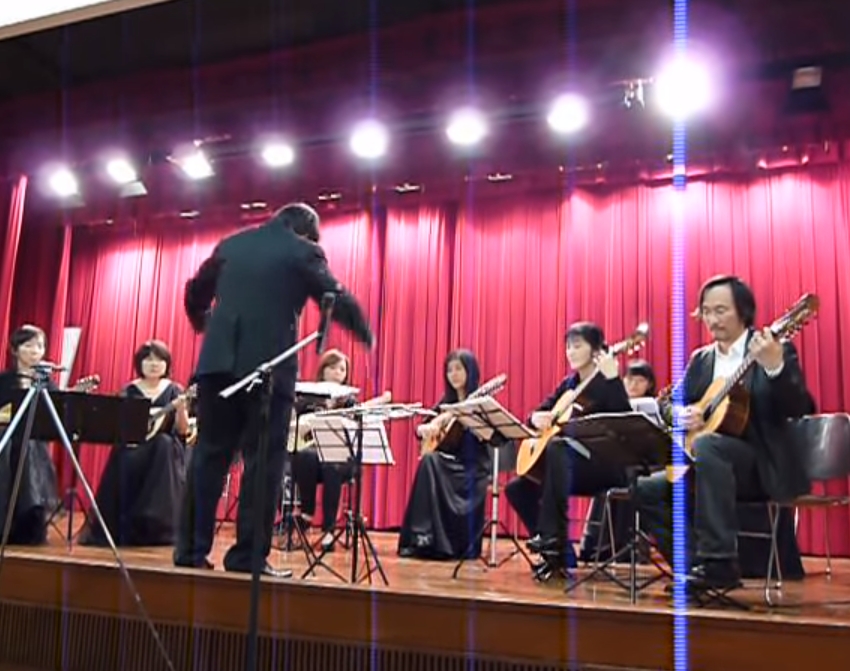The Wisconsin / Vega Project – Exploring America’s Forgotten Tradition
The New Vintage Frets is an American mandolin ensemble based in Wisconsin. In 2018 this ensemble produced a CD titled: The Wisconsin/Vega Project CD This unique CD offers present day recordings of century-old mandolin ensemble arrangements thoughtfully selected from Wisconsin-based mandolin orchestra libraries. Pieces in the collection were published in either the 1890s or early 1900s. […]
The Wisconsin / Vega Project – Exploring America’s Forgotten Tradition Read More »

